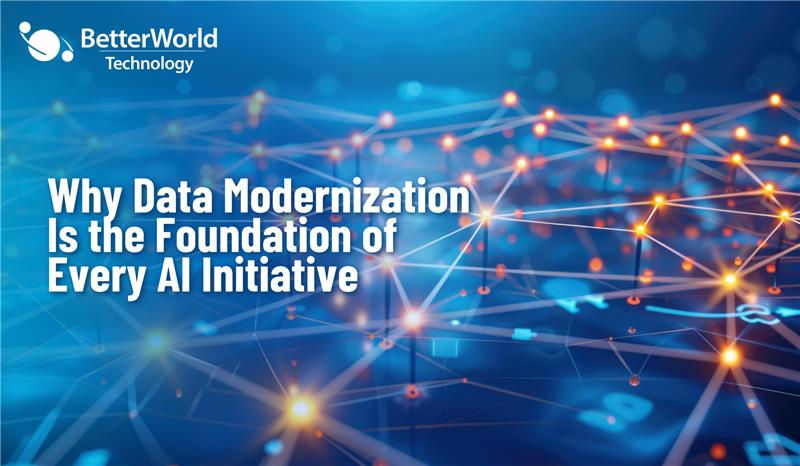How Governance, Risk and Compliance (GRC) Helps Washington Organizations Stay Compliant
- John Jordan

- Sep 16, 2025
- 4 min read
Washington businesses are operating in an environment defined by increasing regulations, rising cybersecurity threats, and constant pressure from stakeholders who expect accountability. Governance, risk, and compliance (GRC) programs provide the structure needed to meet these demands while still supporting business growth. Instead of treating compliance as a burden, organizations that invest in GRC discover that it becomes a catalyst for trust, transparency, and long-term success.
Understanding the Value of GRC
Governance, risk, and compliance is more than a set of policies. It is a holistic framework that aligns leadership, operational processes, and technology to reduce risks and ensure that organizations can confidently prove compliance. At its core, GRC addresses three interrelated needs:
Governance: Establishing roles, responsibilities, and accountability structures across the organization.
Risk: Identifying, assessing, and mitigating risks before they turn into costly incidents.
Compliance: Ensuring that business practices follow applicable laws, regulations, and industry standards.
Many Washington organizations find themselves struggling with fragmented approaches to these areas, which creates gaps that auditors or regulators can quickly identify. By implementing structured GRC frameworks, these gaps are minimized, allowing teams to move forward with clarity.
Why Washington Organizations Need Strong GRC Programs
Washington’s business environment is heavily influenced by industries such as healthcare, government contracting, education, and technology. These sectors face heightened compliance requirements, including HIPAA, NIST, CMMC, FERPA, and state-level data privacy mandates.
Without a well-integrated GRC program, organizations face:
Greater risk of financial penalties from non-compliance
Loss of reputation with customers and partners
Increased vulnerability to cyber threats and breaches
Operational inefficiencies due to redundant or unclear processes
BetterWorld has seen these challenges first-hand. Governance, risk, and compliance are not just checkboxes for us. They are the foundation for sustainable growth and trust. Our tailored GRC solutions bring together strategy, technology, and expertise to safeguard operations, reduce risk exposure, and meet regulatory requirements with confidence.
Core Elements of Effective GRC Programs
Strong GRC programs are built on several interconnected pillars. The table below summarizes how each area contributes to compliance success.
GRC Element | Purpose | Example Application |
Governance Strategy | Define roles and responsibilities for accountability | Clear IT governance framework across teams |
Risk Management | Identify and mitigate risks before disruption | Proactive monitoring of vendor risks |
Regulatory Compliance | Map practices to legal and industry requirements | HIPAA, GDPR, NIST, ISO alignment |
Audit Services | Detect blind spots before external audits | Pre-audit review of IT and security controls |
Data Privacy & Security | Safeguard sensitive information | Encryption, access controls, privacy programs |
GRC Technology Enablement | Automate workflows and track compliance metrics | Dashboard-driven compliance reporting |
BetterWorld builds governance frameworks that align with business priorities and industry standards. By defining ownership and accountability, we minimize the risk of gaps or overlaps. We also conduct structured audits that help identify blind spots before regulators do, providing clients with actionable insights to keep their business efficient, secure, and audit-ready.
Turning Compliance Into a Competitive Advantage
Compliance often feels like a cost center, but forward-thinking organizations understand that it is also a competitive advantage. Washington businesses that demonstrate compliance can win more contracts, strengthen customer trust, and attract investors who value accountability.
BetterWorld helps clients reduce regulatory risk with well-documented, audit-ready processes. We also help them gain visibility into risks with meaningful metrics and dashboards while streamlining compliance tasks through automation and technology. The outcome is not just efficiency but also stronger trust with customers, investors, and regulators.
The Role of Technology in Modern GRC
Technology plays a critical role in modern governance and compliance. Manual processes are prone to errors and slow responses, while automated systems provide consistency and scalability. BetterWorld deploys advanced GRC platforms that bring transparency and control to compliance workflows. From automated risk tracking to real-time dashboards, these platforms allow leaders to quickly assess compliance status and act on emerging risks.
For organizations preparing for their first major compliance audit, this visibility is invaluable. For those with mature governance programs, the added efficiency ensures compliance is never a bottleneck for innovation or growth.
Outcomes of a Strong GRC Partnership
Organizations that partner with BetterWorld to build GRC programs can expect measurable improvements across their operations:
Simplified frameworks that replace fragmented policies
Improved accountability through defined governance roles
Reduced regulatory risk with proactive risk management
Audit readiness and resilience against incidents
Programs that support growth and agility instead of slowing it down
BetterWorld brings more than theory. We bring execution. Our combination of strategy and technology ensures efficiency without sacrificing control, helping Washington businesses remain competitive and resilient.
Act Now to Secure Your Compliance Future
Regulations are not slowing down, and risks will only continue to grow. Waiting until an audit notice arrives or a breach occurs is too late. Organizations in Washington that want to stay compliant, reduce risk, and inspire trust need a partner who can deliver both strategy and execution.
BetterWorld is ready to help you simplify complexity, strengthen resilience, and turn compliance into a growth driver.
FAQs
What is Governance, Risk and Compliance (GRC) in business?
Governance, risk and compliance (GRC) is a framework that helps businesses align operations with company goals, manage risks before they disrupt operations, and meet industry regulations. GRC ensures accountability, provides visibility into risks, and simplifies compliance with laws such as HIPAA, GDPR, or NIST standards.
Why is GRC important for organizations in Washington?
Washington organizations often operate in regulated industries such as healthcare, education, and technology. GRC is critical in this environment because it protects sensitive data, reduces regulatory risk, and helps companies stay prepared for audits. Strong GRC programs also strengthen trust with customers, investors, and regulators.
How does BetterWorld help businesses with compliance challenges?
BetterWorld provides tailored GRC solutions that combine strategy, technology, and advisory services. Our team builds governance frameworks, conducts audits, maps compliance to current regulations, and implements GRC technology platforms. This approach helps organizations streamline compliance, reduce risk exposure, and demonstrate due diligence during audits.
What regulations can GRC frameworks help with?
A strong GRC framework can support compliance with a wide range of regulatory requirements, including:
HIPAA for healthcare organizations
GDPR for businesses handling EU data
NIST and CMMC for government contractors
ISO standards for quality and information securityBy aligning policies and processes with these frameworks, organizations stay compliant and audit-ready.
How can GRC technology improve compliance efficiency?
GRC platforms automate key compliance processes, making it easier for organizations to track risks, manage audits, and monitor compliance status in real time. Dashboards provide executives with visibility into risk exposure, while automation eliminates repetitive manual tasks. This saves time, reduces human error, and ensures compliance keeps pace with business growth.










